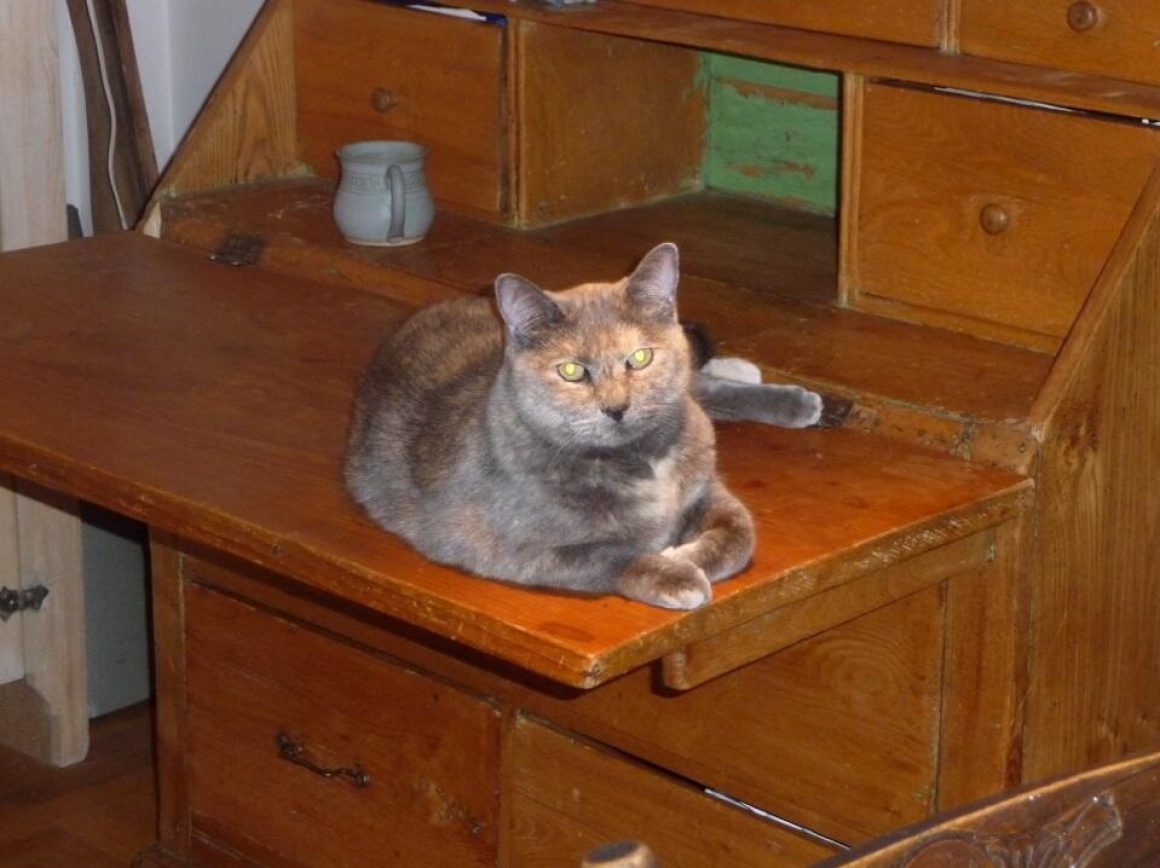I eyed my grey, suede moon boots and my white ski jacket in the front closet, smelled snow on the draft seeping through the front door, then climbed the steps of the landing and lay on my back– overwhelmed. When she pushed open the front door at five-twenty, her hair windblown, my mother would say through tight lips that the school called again and that she didn’t know what to do with me. But nothing would change how awful school was. Most days, I believed I was alien and wrong, and this belief paralyzed me so much that in a couple of months, having missed so many days I could not pass a single subject, I would quit grade ten altogether- pull my coat from my locker, then step uncertainly across the frozen lawn of the school to the intersection.
On this particular day, as I lay on my back, gazing at the white stippled ceiling and planning excuses that would satisfy my mother, but that wouldn’t really, my heart skipped a beat. I sat up and pressed my palm against my chest, but by that time the gulping emptiness in my ribs was gone. Still, in the second that my heart skipped a beat, I somehow saw trees upon trees and experienced the weird thought that I did not know what they were, that I was witnessing them for the first time. I filled with agony that I could not remain in the world, that my time was up.
“My heart—I thought it stopped” (3). So begins Amy Hempel’s “In A Tub”, a story that reminded me of that morning I decided to skip school. Hempel’s story gathers around the “scare” (4) the “missed beat” (3) causes the character. While the character’s moment of fright is of a different nature than mine, Hempel articulates the moment beautifully. The unnamed woman “head[s] for God” (3), to better hear her heart, but then discovers that the best way to hear it is in a tub of water, rather than inside a church.
It’s not surprising, given the story’s title, that images of tubs hold the story together. A clay pot on the patio is “filled with water like a birdbath” (3) . When the narrator is young, she sits in a concrete mixer that she has pulled from a construction site down to the shore of the lake; she sits in it, imagining floating across the water, “hearing nothing, for hours” (4). Her cat sleeps so deeply in the flower box that a gentle knock on the window does not disturb her.
The animals or humans contained in the “tubs” experience moments of rest and closeness with their bodies—moments that seem somehow outside of time.
Later, the narrator suggests how a person may best hear the heart:
Here is what you do. You ease yourself into a tub of water, you ease yourself down. You lie back and wait for the ripples to smooth away. Then you take a deep breath, and slide your head under, and listen for the playfulness of your heart. (4)
The narrator’s need to hear her heart sheds light on what she needs, what she’s lacking—connection with her quieter and more hidden self , the self she might have been closer to as a teenager, as she sat in the concrete mixer by the lake.
Reading “In A Tub” , it occurred to me that Hempel’s stories, gaining so much power through use of image, among other techniques, are complete in fewer words than are other stories. Hempel expects readers to turn images every which way in the light, and by doing this, to access a story’s full meaning. If the reader searches for the usual clues—exposition, dialogue, telling actions, gestures—, presented in the usual way, she may feel defeated by Hempel’s work. In “In A Tub”, the tubs or tub-like structures form part of the story’s spine or plot; the plot of the story would weaken without them.
Even after my heart skipped a beat, I knew only that there was another way to see the world, and that I had to be frightened I would die to see it that way, but that I did not want to see it that way again. I wanted to stay home and watch One Life to Live or General Hospital, and I wanted to love the world the way it usually seemed.
Hempel’s character wants to hear her heart, while I, at fifteen, would have preferred to go through life without one. In both cases, though, the heart is central, as it always is.
Hempel, Amy. “In A Tub.” The Collected Stories. New York: Scribner. 2007. 3-4.

nice